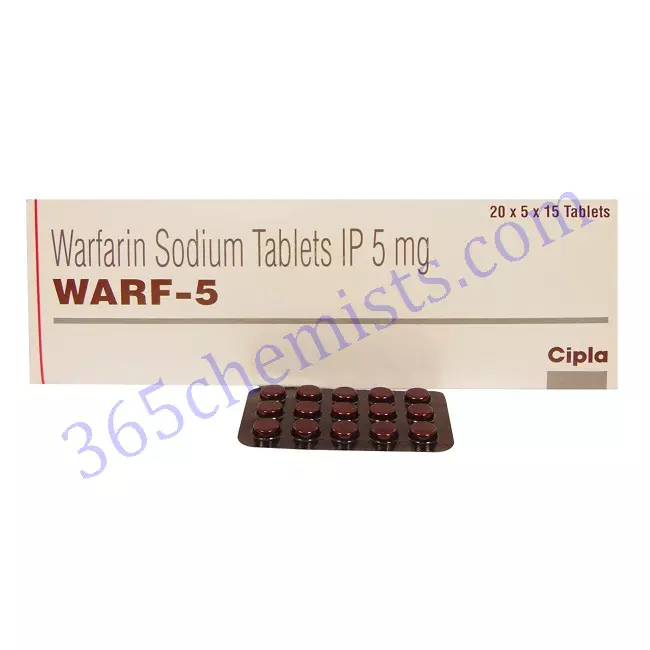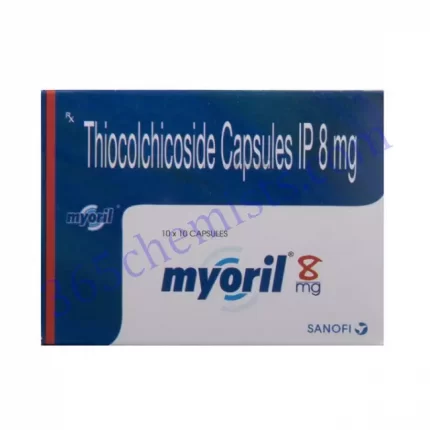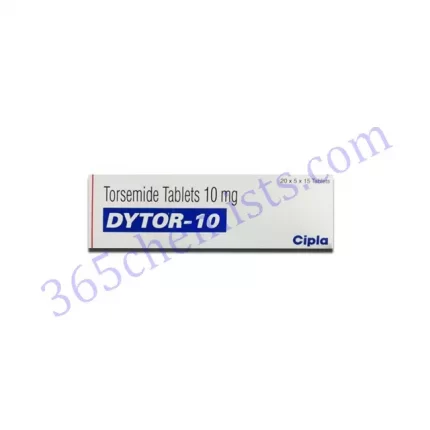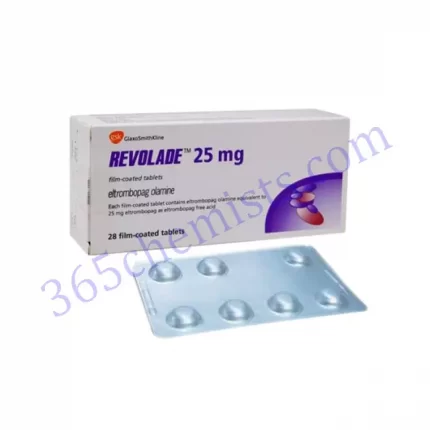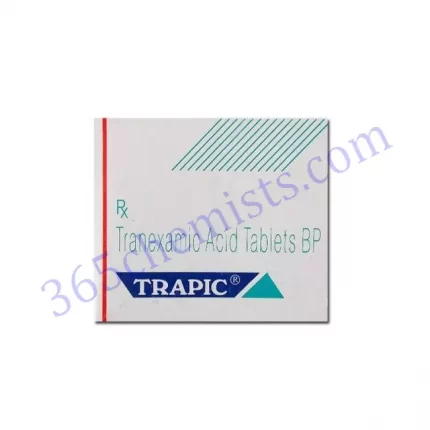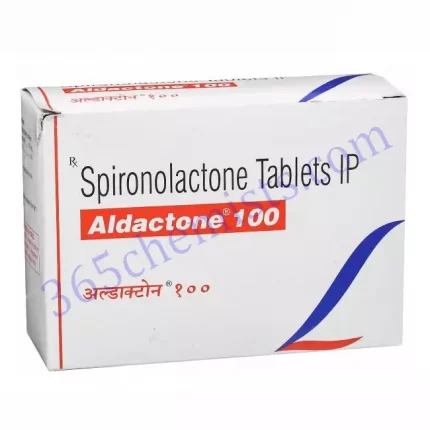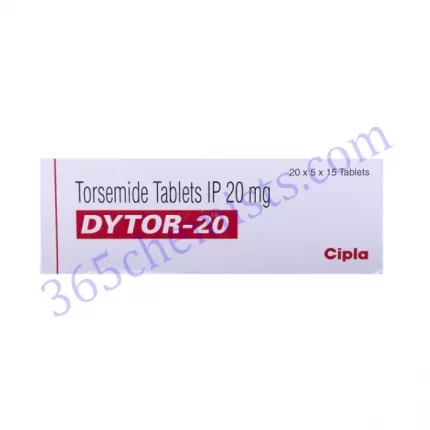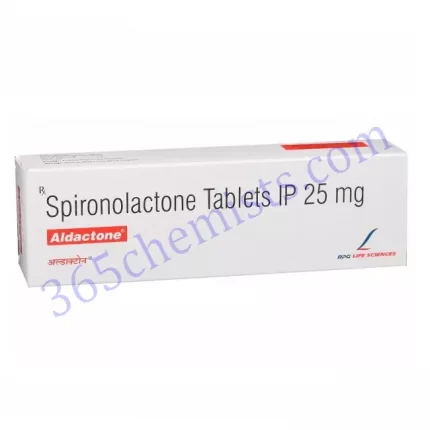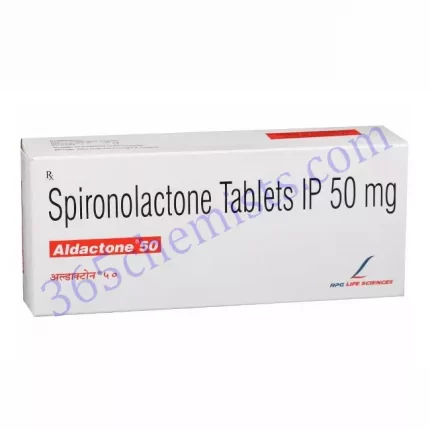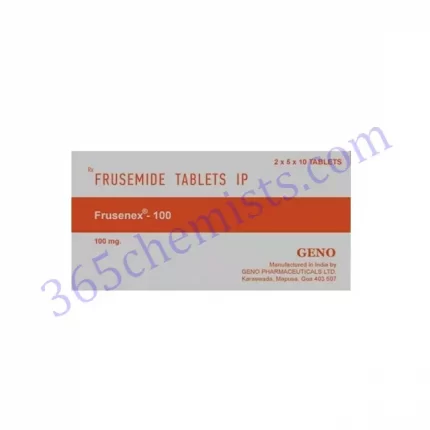Warf 5mg Tablet: An Extensive Review of Warfarin 5mg
Warfarin is the active component of the medication that is sold under the brand name Warf 5mg Tablet. Anticoagulants, such as warfarin, are typically recommended for use in the treatment and prevention of blood clots. This is the primary indication for which warfarin is prescribed. The purpose of this in-depth review is to provide information that covers all aspects of Warf 5mg Tablet and its applications.
Mechanism of Action
Warfarin is able to achieve its therapeutic effect because it prevents the production of certain clotting factors in the liver. Vitamin K, an essential nutrient for the production of these clotting factors, is inhibited in its function as a result of this substance’s presence. Warfarin is able to prevent the formation of blood clots and keep the flow of blood within normal parameters because it works by lowering the levels of the factors that contribute to their formation.
Indications
The following conditions are typically treated with a prescription for Warf 5mg Tablet:
- Deep Vein Thrombosis: It is used for the prevention and treatment of deep vein thrombosis (DVT) and pulmonary embolism (PE), which are conditions that are characterised by the formation of blood clots in the veins. Venous Thromboembolism: It is used to prevent deep vein thrombosis (DVT) and pulmonary embolism (PE).
- Warfarin 5 mg Tablet is also indicated for the prevention of stroke and systemic embolism in patients who have atrial fibrillation, which is a disorder of the heart’s rhythm.
- Patients who have mechanical heart valves are the target population for this medication because of its ability to reduce the risk of blood clots.
Dosage and Administration
A healthcare professional should evaluate the patient’s individual needs, medical history, and the medications that are currently being taken in order to determine the appropriate dosage of Warf 5mg Tablet. It is extremely important to take the medication exactly as directed by the doctor and not to exceed the recommended daily dosage.
Warfarin dosage is highly individualised, and patients must undergo consistent monitoring of their international normalised ratio (INR), which is a measurement of the amount of time it takes for blood to clot. Adjustments to the dosage will be made by the healthcare provider based on the patient’s response to treatment as well as the target INR range. In order to keep therapeutic levels stable, it is essential to stick to the treatment regimen that was prescribed to you and to have regular INR checks.
Precautions and Contraindications
Before beginning treatment with Warf 5mg Tablet, it is essential to provide the healthcare provider with information regarding any pre-existing medical conditions, medications that are currently being taken, and any known allergies. It is important to exercise caution and take the following precautions:
- Warfarin is associated with an increased risk of bleeding due to its anticoagulant properties. Patients who have a history of bleeding disorders, gastrointestinal ulcers, or who have recently undergone surgery should use this medication with extreme caution.
- Interactions: The anticoagulant medication warfarin can interact with a wide variety of other medications, such as antibiotics, nonsteroidal anti-inflammatory drugs (NSAIDs), and herbal supplements. When using these medications together, it is important to carefully monitor your condition and make any necessary adjustments to your dosage.
- Pregnancy and breastfeeding: It is important to exercise extreme caution when using the Warf 5mg Tablet if you are pregnant or breastfeeding. Before beginning or continuing treatment, it is essential to have a conversation with a healthcare professional about the potential risks and benefits of the treatment.
Potential Side Effects
Warf 5mg Tablet, like any other medication, carries with it the potential to cause certain adverse effects in some people. The following are some of the common adverse effects of taking warfarin:
- The most significant adverse effect that can be caused by taking warfarin is bleeding. It may present itself as nosebleeds, an increased propensity to bruise, or prolonged bleeding from cuts.
- Necrosis of the skin is an extremely uncommon side effect of taking warfarin, and it most commonly occurs in patients who are deficient in protein C or protein S.
- Loss of hair: While taking warfarin, some people may notice their hair becoming thinner or even falling out completely.
It is essential to keep in mind that not every person will have these adverse reactions, and that a good number of people can tolerate the Warf 5mg Tablet just fine. However, it is imperative to seek medical attention as soon as possible if any adverse effects continue or become worse, or if there are any indications of bleeding that is not typical for the patient.
Conclusion
A medication that is frequently used for both the prevention and treatment of blood clots is known as Warf 5mg Tablet, which contains 5mg of the active ingredient warfarin. The Warf 5mg Tablet works to reduce the risk of complications associated with clotting disorders by helping to prevent the formation of blood clots. This is accomplished by inhibiting the production of clotting factors. As is the case with the use of any medication, it is essential to adhere to the dosage instructions provided, to have your INR checked on a regular basis, to be aware of any potential adverse effects, and to confer with a qualified medical professional in order to receive individualised advice and direction.

